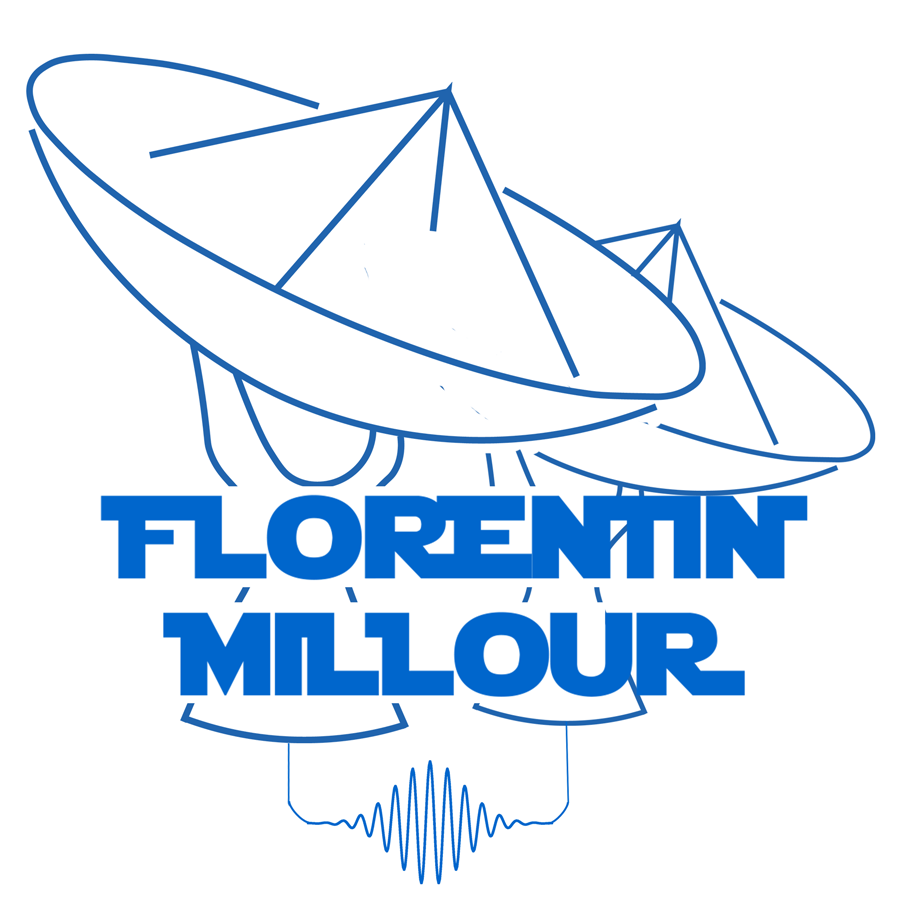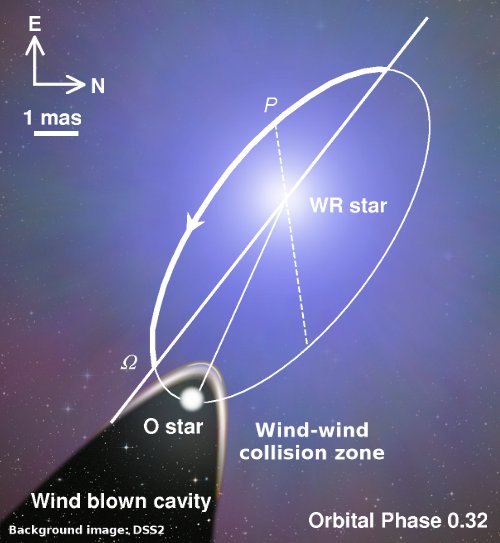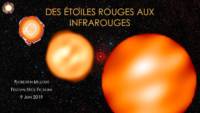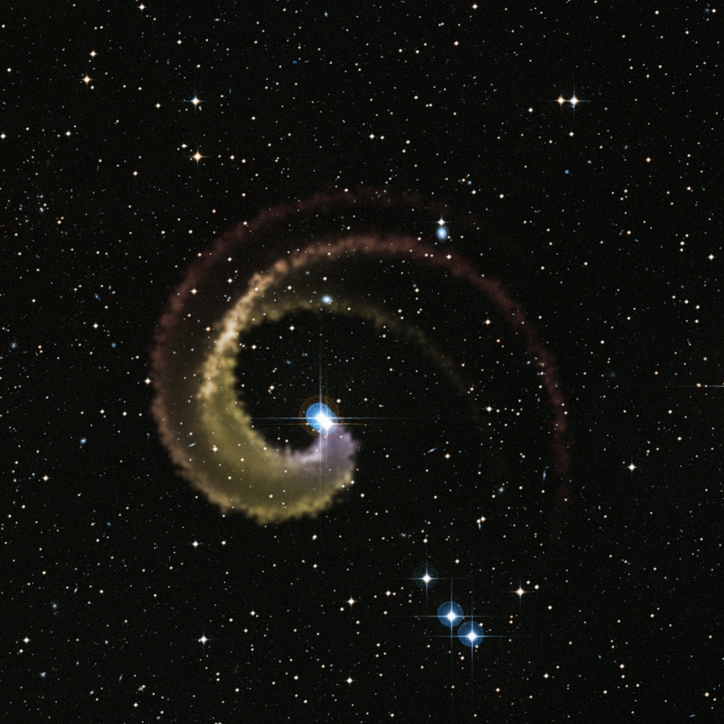Gamma² Velorum is one of the brightest stars in the southern skies.
With a Hipparcos-measured distance of 258 pc, it is also the closest Wolf-Rayet star to our solar system, making it a perfect laboratory to study one of these peculiar stars in details. It is in fact composed of two stars, being a SB2-type spectroscopic binary star. The companion is a less evolved O-type star.
I observed Gamma² Velorum together with collaborators R. Petrov, D. Mourard and M. Vannier, using the AMBER / VLTI instrument during its first scientific night. Other observations during this single observing run gave significant results. The AMBER data was composed of the spectrum plus spectrally dispersed visibilities, closure phases, and differential phases.
With only this one single data point and large a priori information on the object, we were able with my colleagues O. Chesneau and L. Dessart, using the CMFGEN code, to constrain both the spectral type of the Wolf-Rayet star very accurately, and the distance of the system to 368 pc, much farther than the Hipparcos-based distance. This work emphasized a specific bias in the Hipparcos distance estimate when this very successful instrument observed spectroscopic binaries.
This work is published in the scientific journal A&A




















Commentaires récents